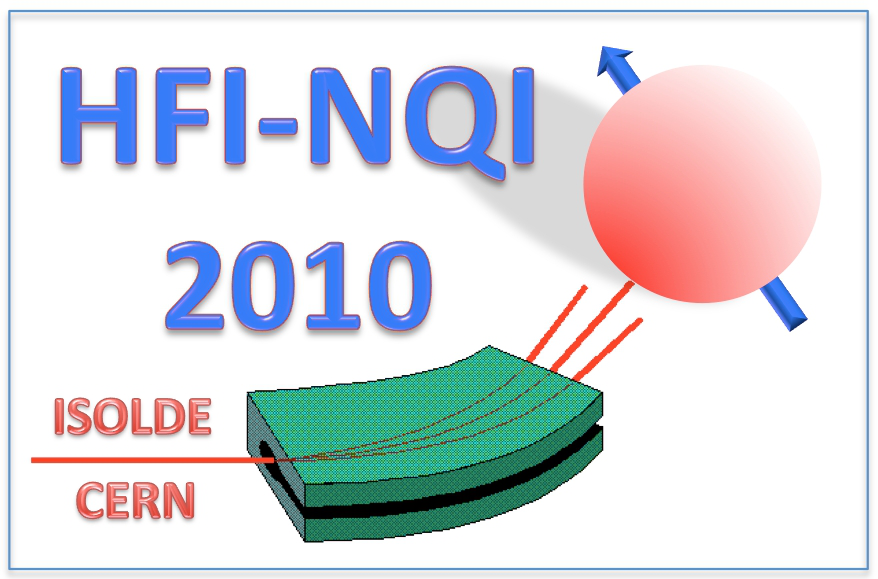Speakers
Dr
Leonardo Errico
(Departamento de Física, Fac. de Ciencias Exactas, Instituto de Física La Plata. CC 67, CP 1900 La Plata, Argentina & Universidad Nacional del Noroeste Bonaerense (UNNOBA), Monteagudo 2772, Pergamino, CP 2700, Buenos Aires, Argentina)Dr
Marcela Taylor
(Departamento de Física, Fac. de Ciencias Exactas, Instituto de Física La Plata. CC 67, CP 1900 La Plata, Argentina)
Description
Zirconia-based materials and HfO$_2$ are in the focus of interest for many years due to their outstanding electrical and mechanical properties.
HfO$_2$ and ZrO$_2$ are very similar in their crystallographic and electronic structure. They have three polymorphs at atmospheric pressure: their low-temperature phase is monoclinic, increasing the temperature they transform to a tetragonal phase, and finally to a cubic phase as temperature increases.
HfO$_2$ and ZrO$_2$ were largely studied with the Perturbed Angular Correlations (PAC) technique with the $^{181}$Hf->$^{181}$Ta probe. But a reliable model for the electric field gradient were present recently for Ta-doped HfO$_2$ (R. E. Alonso et al., Phys. Rev. B 78, 165206 (2008)). PAC experiments with the $^{111}$In->$^{111}$Cd were less common, and as far as we know, only two works were reported in the literature (M. Forker et al., Phys. Rev. B 77, 054108 (2008); J. Luthin et al., Phys. Rev. B 57, 15272 (1998)). In this work, we analyze the EFG at the Cd site for the doped monoclinic structure of ZrO$_2$ and HfO$_2$. The theoretical results are compared with those determined experimentally by means of PAC spectroscopy. Our calculations are based on the Density Functional Theory (DFT), with the Local Density approximation (LDA) and the Generalized Gradient Approximation (GGA) for the exchange correlation potential, as implemented in the WIEN2k version of the Full Potential APW+LO. Different charge states for the Cd impurity are analyzed, and their influence on the hyperfine parameters.
Authors
Dr
Leonardo Errico
(Departamento de Física, Fac. de Ciencias Exactas, Instituto de Física La Plata. CC 67, CP 1900 La Plata, Argentina & Universidad Nacional del Noroeste Bonaerense (UNNOBA), Monteagudo 2772, Pergamino, CP 2700, Buenos Aires, Argentina)
Dr
Marcela Taylor
(Departamento de Física, Fac. de Ciencias Exactas, Instituto de Física La Plata. CC 67, CP 1900 La Plata, Argentina)
Dr
Roberto Alonso
(Departamento de Física, Fac. de Ciencias Exactas, Instituto de Física La Plata. CC 67, CP 1900 La Plata, Argentina)
